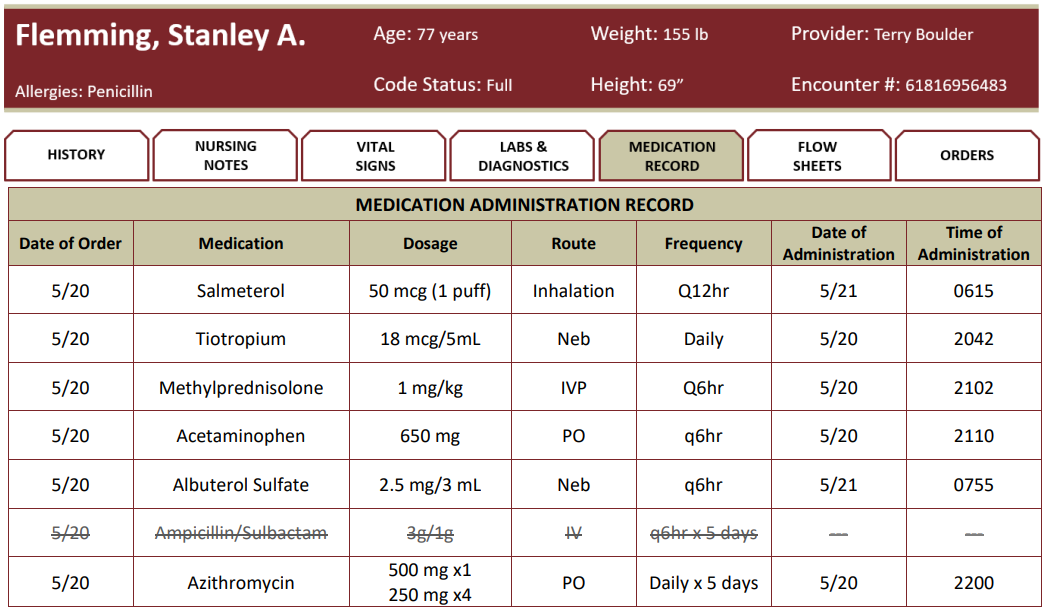4.1.5: FRAME 5- Take Action
- Page ID
- 90011
\( \newcommand{\vecs}[1]{\overset { \scriptstyle \rightharpoonup} {\mathbf{#1}} } \)
\( \newcommand{\vecd}[1]{\overset{-\!-\!\rightharpoonup}{\vphantom{a}\smash {#1}}} \)
\( \newcommand{\id}{\mathrm{id}}\) \( \newcommand{\Span}{\mathrm{span}}\)
( \newcommand{\kernel}{\mathrm{null}\,}\) \( \newcommand{\range}{\mathrm{range}\,}\)
\( \newcommand{\RealPart}{\mathrm{Re}}\) \( \newcommand{\ImaginaryPart}{\mathrm{Im}}\)
\( \newcommand{\Argument}{\mathrm{Arg}}\) \( \newcommand{\norm}[1]{\| #1 \|}\)
\( \newcommand{\inner}[2]{\langle #1, #2 \rangle}\)
\( \newcommand{\Span}{\mathrm{span}}\)
\( \newcommand{\id}{\mathrm{id}}\)
\( \newcommand{\Span}{\mathrm{span}}\)
\( \newcommand{\kernel}{\mathrm{null}\,}\)
\( \newcommand{\range}{\mathrm{range}\,}\)
\( \newcommand{\RealPart}{\mathrm{Re}}\)
\( \newcommand{\ImaginaryPart}{\mathrm{Im}}\)
\( \newcommand{\Argument}{\mathrm{Arg}}\)
\( \newcommand{\norm}[1]{\| #1 \|}\)
\( \newcommand{\inner}[2]{\langle #1, #2 \rangle}\)
\( \newcommand{\Span}{\mathrm{span}}\) \( \newcommand{\AA}{\unicode[.8,0]{x212B}}\)
\( \newcommand{\vectorA}[1]{\vec{#1}} % arrow\)
\( \newcommand{\vectorAt}[1]{\vec{\text{#1}}} % arrow\)
\( \newcommand{\vectorB}[1]{\overset { \scriptstyle \rightharpoonup} {\mathbf{#1}} } \)
\( \newcommand{\vectorC}[1]{\textbf{#1}} \)
\( \newcommand{\vectorD}[1]{\overrightarrow{#1}} \)
\( \newcommand{\vectorDt}[1]{\overrightarrow{\text{#1}}} \)
\( \newcommand{\vectE}[1]{\overset{-\!-\!\rightharpoonup}{\vphantom{a}\smash{\mathbf {#1}}}} \)
\( \newcommand{\vecs}[1]{\overset { \scriptstyle \rightharpoonup} {\mathbf{#1}} } \)
\( \newcommand{\vecd}[1]{\overset{-\!-\!\rightharpoonup}{\vphantom{a}\smash {#1}}} \)
It has been 1 day since Stanley was admitted to the medical-surgical floor. The same nurse who admitted Stanley is returning to their shift and reviewing Stanley’s morning labs, vital signs, nursing notes, and medications for the day.




QUESTION: Multiple Choice Scoring Rule: 0/1
The nurse enters the client’s room and sees the client has just gotten in the chair after using the bedside commode. The client appears comfortable and relaxed. The nurse asks Stanley how he is feeling, and he states, “I am feeling much better than I did when I last saw you.” The nurse notices Stanley’s continuous pulse ox machine is reading 95%.
What action will nurse take next?
- Titrate down the Venturi mask
- Begin education about the flutter valve and have the client perform
- Ask the client if he is up for a short walk in 15 minutes
- Administer morning medications
Putting It All Together
DEBRIEF
Stanley is showing signs of improvement. The nurse recognizes this by reviewing lab results, current vital signs, client appearance, and subjective assessment. The most appropriate action for the nurse to take is to titrate down the Venturi mask to begin the weaning process from a higher oxygen device. It will be ideal for Stanley to return to a nasal cannula so he can begin flutter valve therapy, increase ambulation, and eat/drink better. Titrating down the oxygen therapy when the nurse is anticipated to be in the client’s room for medication pass will allow the nurse to continuously monitor the client’s response to less O2 therapy and intervene as needed.
| To Maintain Airway Clearance | To Improve Breathing Patterns | To Improve Activity Intolerance |
|---|---|---|
|
▪ Administer ordered bronchodilators and steroids ▪ Controlled coughing |
▪ Diaphragmatic breathing ▪ Pursed-lip breathing ▪ Anxiety reducing measures |
▪ Pace daily activities to maintain and support energy expenditure ▪ Exercise training ▪ Walking aids |
RECOGNIZING SOCIAL DETERMINANTS OF HEALTH (SDOH)
Nurses can positively impact clients with COPD through a variety of roles (hospital-based, community, palliative, respiratory). In general, each of these different nurse roles use different techniques when assisting clients with COPD. Techniques such as home telemonitoring, telecare, palliative care, health education, health training, oxygen management at home, self-efficacy, behavioral therapy and counseling, and smoking cessation techniques have all been utilized and found to be very effective. Furthermore, home visits can decrease the number of readmissions and improve the client’s confidence and knowledge in self-management. Monitoring, such as telemonitoring of vital parameters, can help to reduce levels of anxiety and depression in clients with respiratory diseases (Aranburu-Imatz et al., 2022). The SDOH domain of Health Care Access & Quality focuses on getting people the healthcare services they need. Specifically, Stanley might benefit from the assistance of healthcare providers and nurses through the role of telehealth. Healthy People 2030 is focused on increasing the use of telehealth (AHS-R02) to improve access to health services. This would allow Stanley access and resources from the comfort of his home to intervene early and prevent a respiratory exacerbation requiring hospitalization.
What Do You Think About?
- What additional nursing interventions should the nurse take to enhance selfmanagement of Stanley’s COPD?
- Consider barriers related to oxygen mask therapies. How does this impact the client’s ability to eat, drink, etc.?
- How would Stanley benefit from telemonitoring or telehealth services? What barriers might there be to offering these services?
It has been 6 days since Stanley was first admitted to the hospital. He has made significant improvement with his oxygenation status, resolving pneumonia, and has actively participated in all of his therapies to regain his strength. Stanley is ready to take active steps to quit smoking again. He states, “I did it once before, I can certainly do it again…and will never start again.” Stanley’s positive response to smoking cessation provided him with an ideal opportunity to begin pulmonary rehabilitation upon discharge.





